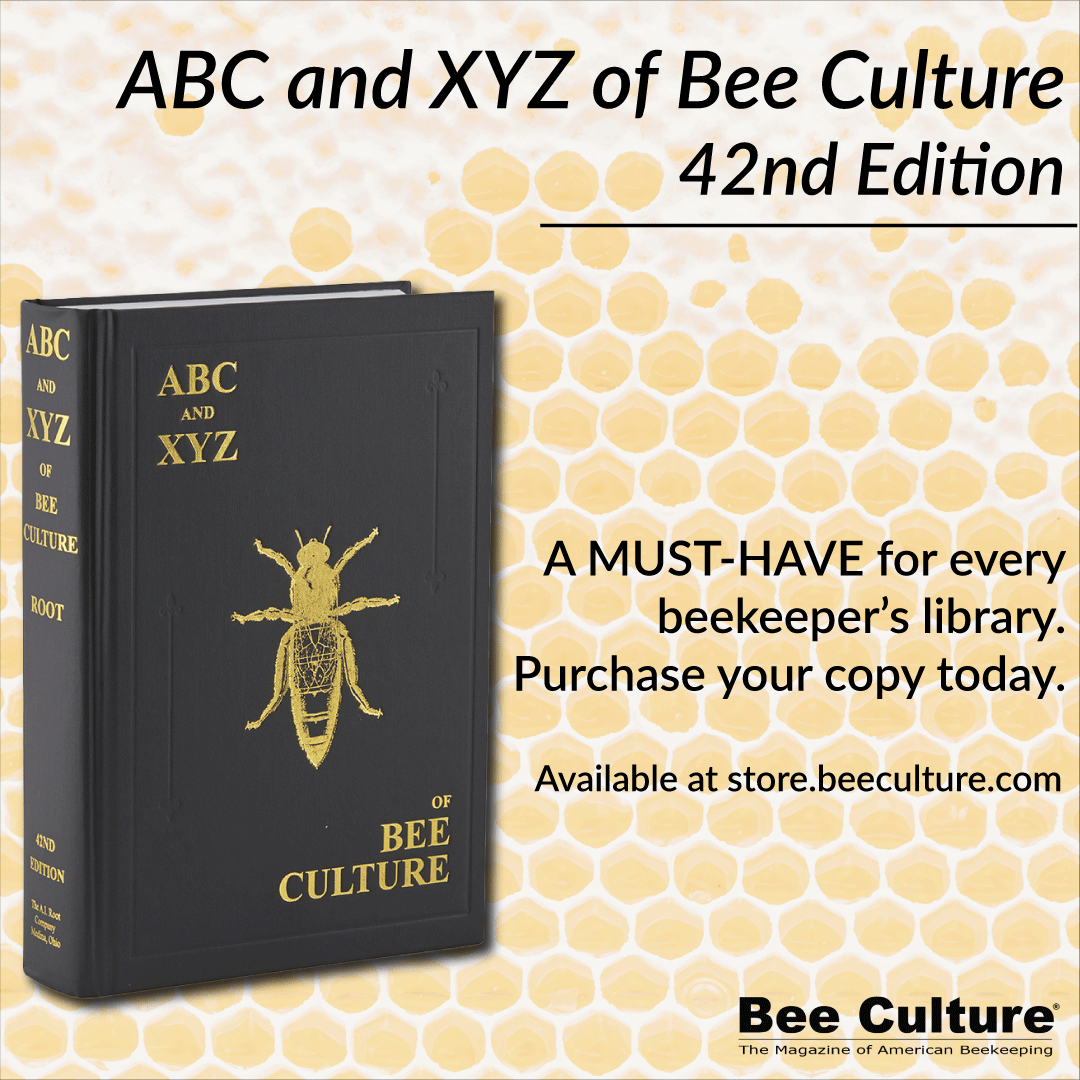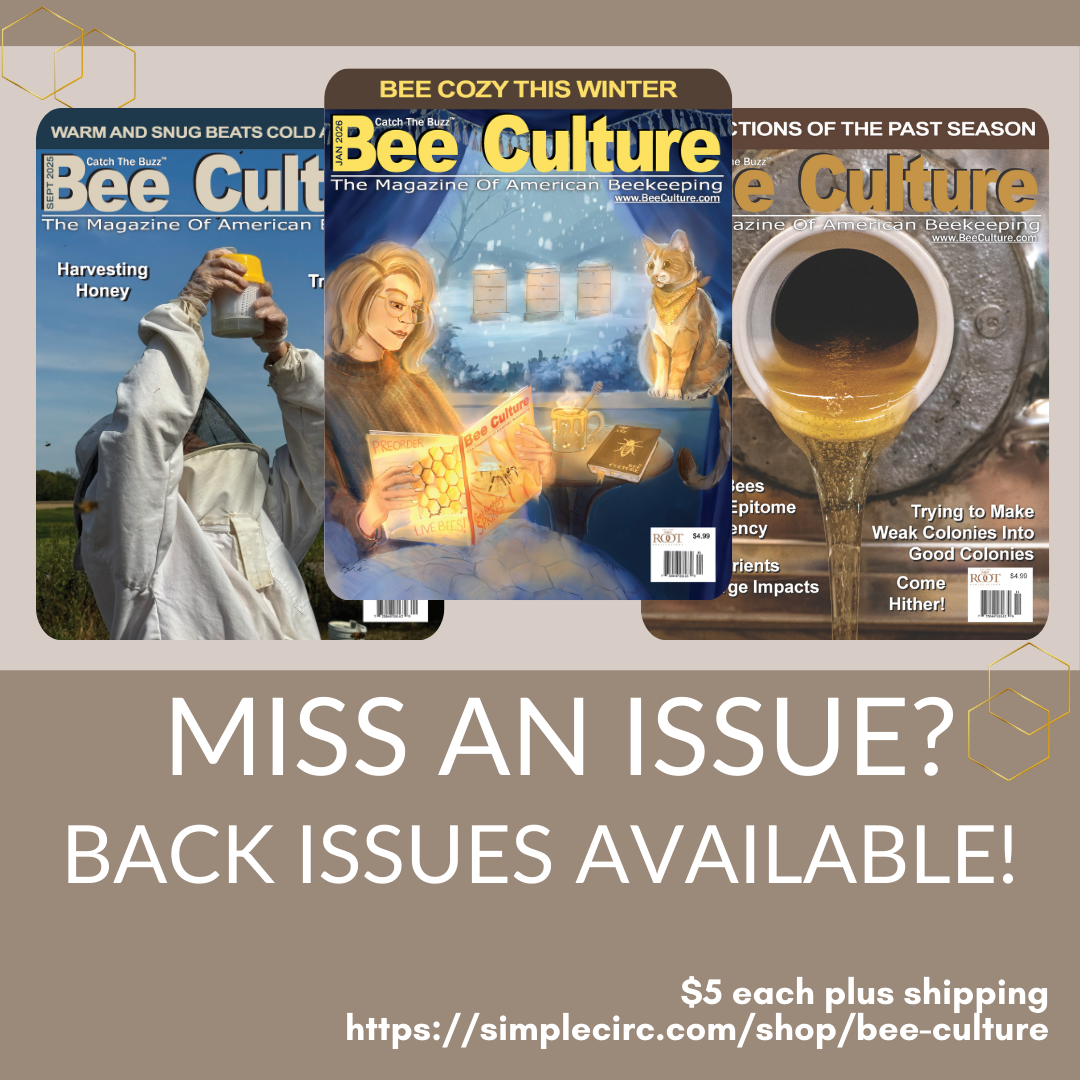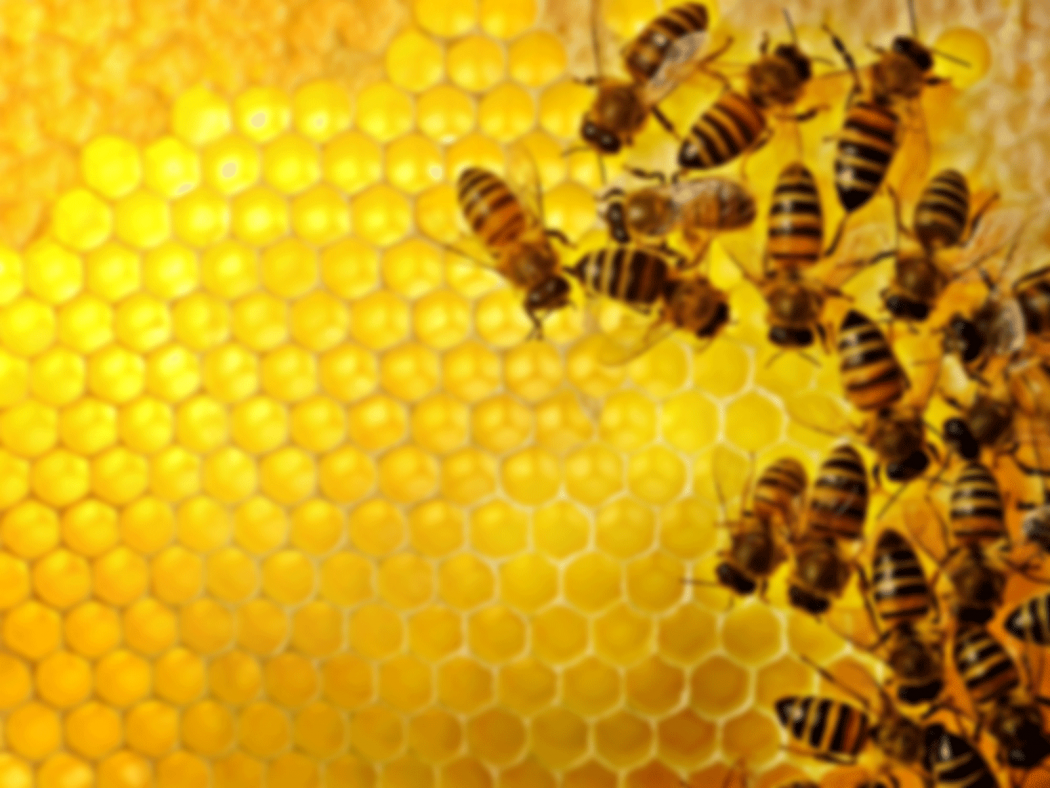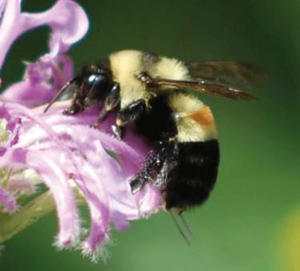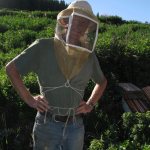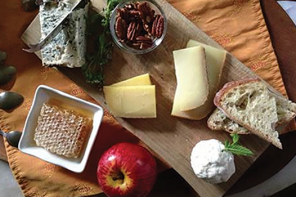By: Ed Colby
One of Britain’s foremost conservationists, University of Sussex Professor Dave Goulson founded the Bumblebee Conservation Trust, a charity that promotes bumblebees. He has written 230 academic papers, as well as four books about bumblebees and other wildlife. His bestselling “A Sting in the Tale” was a finalist for the Samuel Johnson Prize in 2013. I caught up with Professor Goulson on Skype.
How did you come to devote your life to bumblebees? They seem to be your passion, and studying them and advocating for them is what you get to do for a living. Do you consider yourself lucky in that regard?
Well, as you say, I am lucky. I always loved insects, and wildlife. It wasn’t always bees, though. It was butterflies and moths. I was a little bit of a birdwatcher as a kid, as well. But I got hooked on bees as an adult. I did my PhD on butterflies, and it was a little after that I was watching some bees in a park and saw them doing something I couldn’t explain and did some research on it. I got more and more involved and never looked back, really.
What’s the status of pollinator populations worldwide and in the U.S.?
We don’t have a really good monitoring system for wild pollinators. We don’t really know, for most of them, what’s happening to them. But for the ones that we have data for, which tends to be the bumblebees and butterflies, it’s not going very well, to be honest. There seem to be a large majority of species that are in decline. In America, the rusty patched bumblebee is one of several that have declined really rapidly in the last 20 years, and gone from being a very common insect to close to extinction. You’ve had one bumblebee go extinct quite recently – Franklin’s bumblebee. Butterflies have shown very big declines. The monarch butterfly is down about 80 percent.
What are the chief threats to pollinators?
It’s mainly habitat loss. Flower-rich habitat has gone from most of the farmed countryside and been replaced by monocultures. You’ve got lack of flowers, lack of habitat, pesticides, of which there are lots of different ones – too many I think – and then diseases also.
Pollinators naturally suffer from lots of diseases, but we’ve made life more difficult for them by accidentally distributing pollinator diseases around the world. That’s best understood for honey bees. We know the Varroa mite has spread all around the world, more or less. Hasn’t got to Australia yet, but that’s the last place. But it isn’t just the Varroa mite. Viruses – deformed wing virus has spread all over the place. It turns up commonly in bumblebees. It seems to spill out of apiaries into wild pollinators. It isn’t even confined to bees. It’s been found in other pollinating insects, like wasps and flies. We don’t really understand the dynamics of these diseases very well at all. But it’s undoubtedly not helping. For the last 20-odd years we’ve been exporting bumblebees for tomato pollination, taking yet more diseases around the world. So we’re doing a pretty good job of messing things up for our poor pollinators. They could probably cope with one thing, but if you bombard them, and you starve them, and you infect them with diseases, and you poison them, all at the same time, then probably not surprisingly they sometimes seem to be suffering.
Please talk about the decline of native bumblebees in South America.
So this is really dramatic and worrying. There are native bumblebees that live in South America – not very well studied, but some beautiful species. Unfortunately the Chilean government deliberately introduced European bumblebees in 1998. They took buff-tailed bumblebees from factories in Europe where they are bred for the tomato pollinating industry, and they deliberately released them in the middle of Chile. They took to Chile very well, and they’ve been spreading extremely rapidly. So there’s this wave of European bumblebees spreading through South America right now. They’re spreading at the rate of 150 miles a year, which is quite extraordinary. That might not have been so bad, but they’re carrying European bumblebee diseases, and the native bumblebees have no resistance to them. So there’s an unfortunate parallel with what happened when the first Europeans colonized the Americas. The people brought with them European diseases which wiped out tens of thousands of Native Americans. And the same thing’s happening 500 years later with the bumblebees.
You’re known for being a fierce critic of neonicotinoid (neonic) pesticides.
I think there’s a very convincing body of research now. There have been hundreds of papers published in the last five or so years. It’s beyond any reasonable doubt they’re harming wild bees. It’s unclear how much they are contributing to honey bee problems, but it’s beyond doubt that they affect bumblebees. And probably other wildlife as well. There have been papers linking butterfly declines and insectivorous bird declines to neonic use as well. The basic problem is they are chemicals that are extremely toxic to all insects, that are highly persistent in the environment. They’re systemic, so they get sucked up by plants, including plants that aren’t crops. Wildflowers, hedgerow trees – any plants growing near where neonics are used, end up full of these chemicals. They’re also getting into streams and ponds and rivers. Pretty much every sample anyone takes from a river or pond anywhere near an arable farm contains these powerful toxins. So if your soils and your water and your wildflowers and your crop are all contaminated with potent neurotoxins, then it probably isn’t surprising that your farmland wildlife and insect life isn’t faring so well.
The neonics are pretty popular with farmers. Is there a way of regulating these pesticides so that they might be used safely?
I don’t think they’re necessary. We in Europe introduced a moratorium in December, 2013. They were banned for use on flowering crops – canola, sunflower, maize – the main three. When the debate was being held in the European Parliament, the agrichemical industry were lobbying heavily. They produced estimates of how much the losses would be if neonics were withdrawn, and they said that if the moratorium came into effect, it would cost the EU $7 billion Euros in lost crops, every year. But nonetheless the politicians voted for the moratorium. It came into effect, and surprisingly crop yields went up and have remained higher than they were before the moratorium – for the crops that were routinely treated with neonics beforehand. So these dire predictions of waves of pests wiping out the crops turned out to be completely false.
What alternative pest control are European farmers using to replace the neonics?
Primarily pyrethroids. The crop I know best in the UK is canola, which here is mainly autumn-sown. So it goes in in late August, and the seedlings come up in September. That’s the key period that it was claimed that neonics were necessary to control things like flea beetles, which attack the seedlings. Instead, the farmers are spraying the seedlings with pyrethroids, sometimes two or three times, in September.
Some people claim that farmers are turning to worse chemicals to replace neonics. I would dispute that. I think the evidence suggests that pyrethroid insecticides, although toxic to bees, the fact that they’re much less persistent in the environment, and if they’re being applied to seedlings which are nowhere near flowering, at a time of the year when there aren’t many bees about, actually I think they pose far less risk than the neonics do.
But haven’t pyrethroids been overused to the extent that pests are acquiring resistance to them?
There certainly are plenty of instances of resistance to pyrethroids. But the facts suggest that they’ve worked perfectly well since the moratorium was introduced in the EU, because crop yields have been very good.
And how about organophosphates? Any danger that they could become the pesticides of choice, in the absence of neonics?
In Europe most farmers don’t use organophosphates. There’s only one organophosphate, chlorpyrifos (trade names Dursban, Lorsban), that’s allowed for use in the EU, and I have yet to find a farmer who uses it. They all regard them as rather dangerous and unsuitable, so they turn to pyrethroids instead.
We’ve got American beekeepers who argue that not only are the neonics not harming honey bees – they have to some extent grounded the crop dusters, which in the past were a huge problem for beekeepers.
In European farming, neonics didn’t replace other insecticides. Farmers were still spraying pretty much all of their crops with insecticides, on top of the neonics. So it wasn’t like once neonics came along they abandoned everything else. They were routinely spraying crops, mainly with pyrethroids, again, because neonics are not thought to be effective past the seedling stage of the crop. They don’t protect the crop, once it’s really big, against most pests, because they’re too dilute in the crop. So later on in the crop cycle, farmers are spraying anyway. I can’t say what’s happening in the States, but that’s certainly true in Europe.
You’ve written four books. If you were to recommend one to beekeepers, which would it be, and could you tell us a little bit about it?
I guess A Sting in the Tale, the first popular science book I wrote, which is all about bumblebees, really. It’s about my life and the fun I’ve had over the years studying them. A beekeeper might think he knows everything there is to know about bees, but he probably knows everything there is to know about honey bees. There’s a whole world of other bees out there which hardly anybody knows much about. I guess one of my missions in life is to persuade people to pay attention to all these other creatures that are out there that are doing important stuff. The book’s also meant to be a fun, entertaining read.
Any hope for pollinators, or is it all gloom and doom?
Well, the prospects are pretty worrying. I mean the direction we’re going in is not good. And if we don’t do something pretty dramatic, we’re going to lose a lot of our butterflies, a lot of our bees, a lot of our birds, a lot of everything. But I don’t think we should be gloom and doom. We have to do as much as we can to change that, and there are lots of things people can do. Get involved, just even in your own garden, plant bee friendly flowers, don’t use pesticides, and your buying choices – buy local food, buy organic food. If enough people did that, it would begin to make a difference.
Ed Colby practices beekeeping in Aspen Mountain, Colorado, where he lives with his partner, Marilyn.


